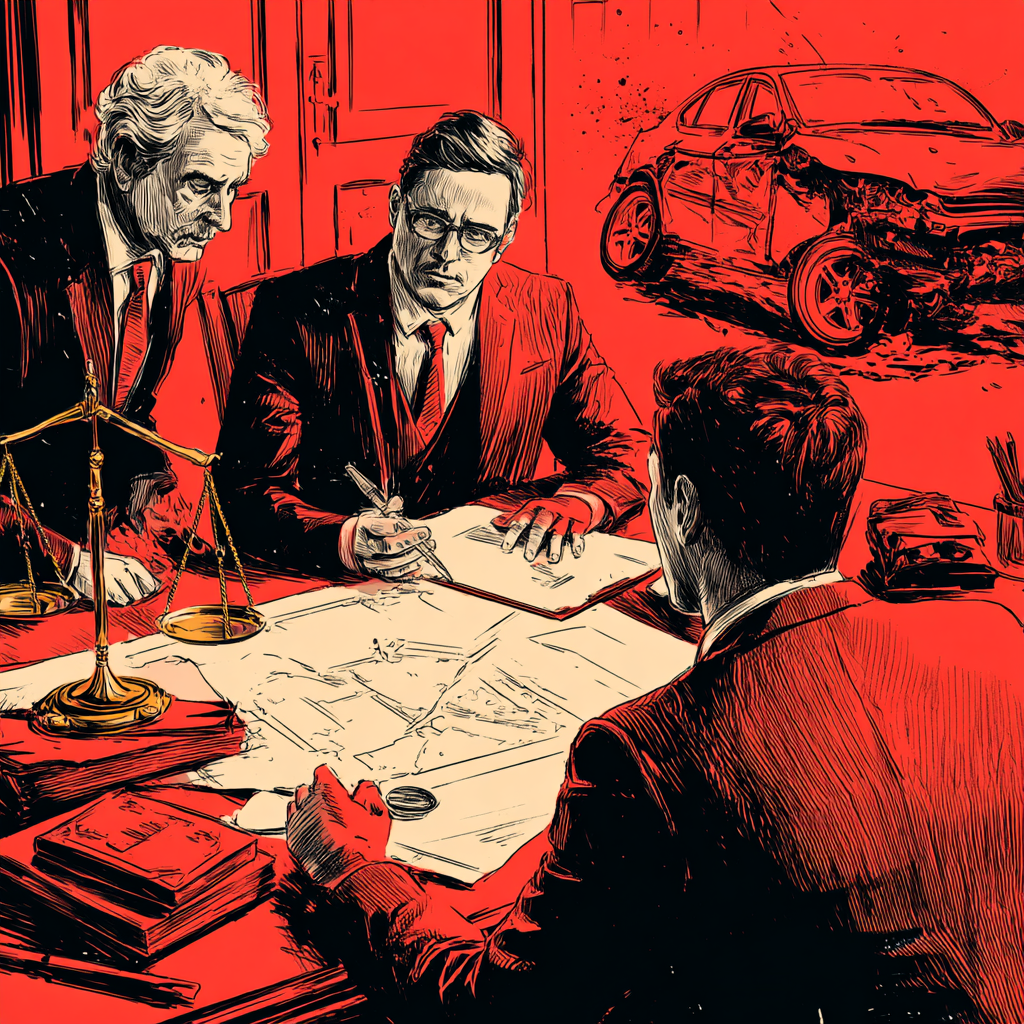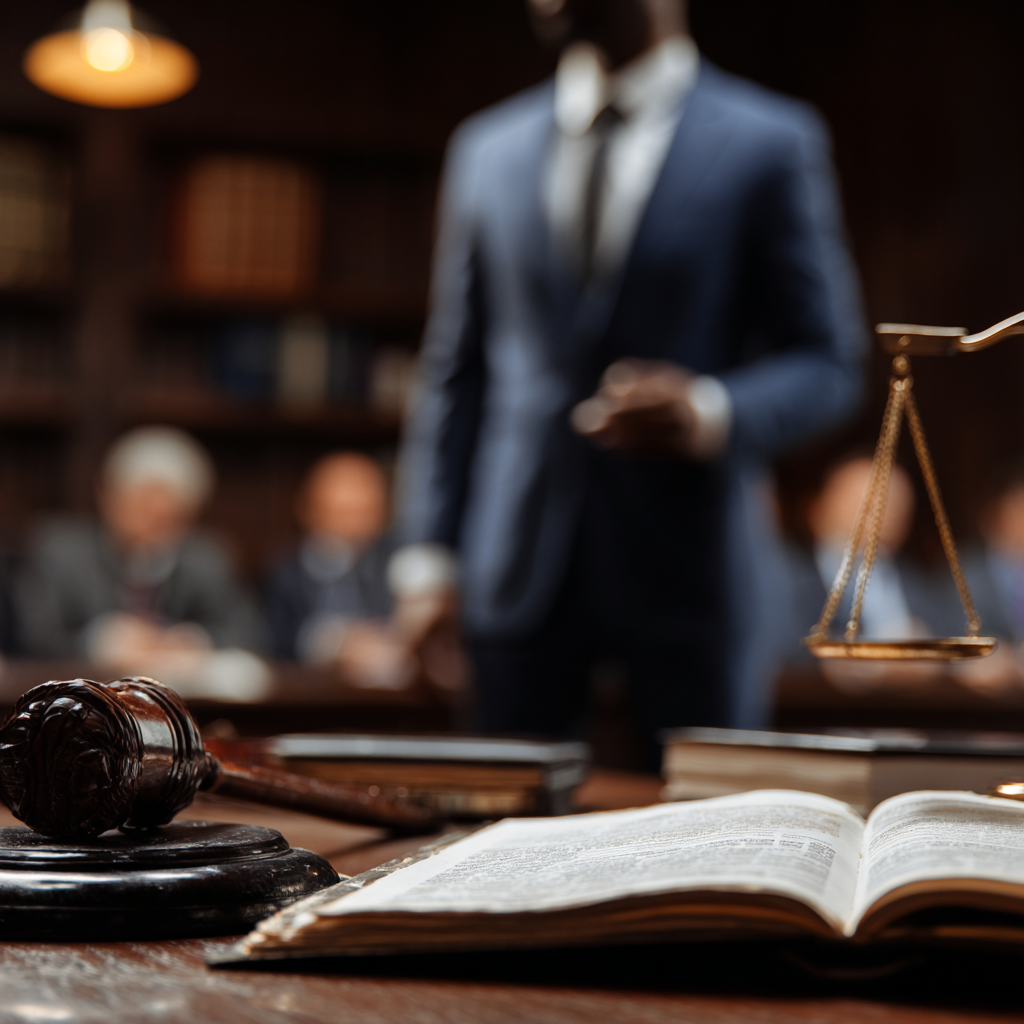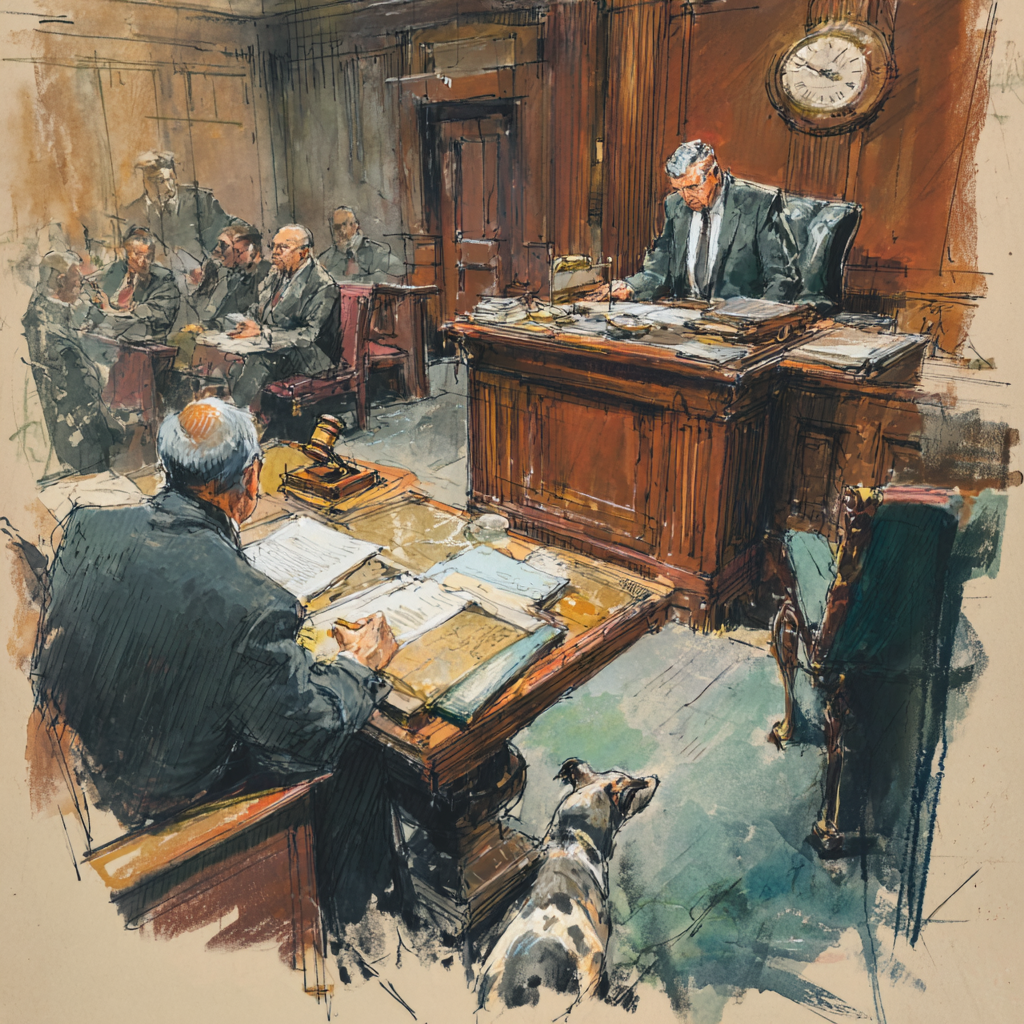
Picture yourself stopped at a Manhattan red light when—BAM. Your car jolts forward after another vehicle rams your rear bumper. If this scenario feels familiar, you’re not alone.
Rear-end crashes account for nearly one-third of New York traffic accidents. They happen daily on Brooklyn streets and upstate highways alike. But assigning responsibility isn’t always straightforward.
The Legal Presumption: Typically the Rear Driver’s Fault
New York law under Vehicle and Traffic Law Section 1129 requires drivers to maintain safe following distances. This “assured clear distance” rule (specifically §1129(a)) means drivers must keep a “reasonable and prudent” distance based on speed, traffic, and weather conditions.
Most rear-end collisions carry a legal presumption that the trailing driver caused the accident. Hitting another vehicle usually indicates someone followed too closely or got distracted. Recent court decisions show this presumption isn’t ironclad—the rear driver can overcome it by proving they drove prudently and the accident was another party’s fault. Mere claims won’t work; solid evidence makes the difference.
When the Front Driver Bears Some Responsibility
New York’s comparative negligence system permits shared liability. The leading driver might share blame in these situations:
- Sudden Unnecessary Stops: A driver stopping abruptly without good reason might share fault. Proving this requires more than contradictory statements.
- Broken Equipment: Non-working brake lights eliminate crucial warnings for trailing drivers.
- Multi-Vehicle Chain Reactions: These accidents raise complicated liability questions. Did the first driver brake unreasonably? Did the second car tailgate? Did a third vehicle propel the chain forward? Understanding accident dynamics is key.
Weather and road conditions also affect fault decisions. Black ice, construction zones, or road debris can shift liability.
Legal Obligations After an Accident
Drivers must immediately report accidents involving injuries, death, or major property damage to police. Additionally, New York requires submission of a DMV Accident Report (MV-104) within 10 days if the crash caused:
- Over $1,000 in property damage
- Physical injury
- Death
Failure to report risks license suspension.
Injury Patterns and Insurance Approaches
Whiplash, back injuries, and head trauma frequently occur in rear-end impacts. New York’s no-fault system requires accident reports to insurers within 30 days to preserve Personal Injury Protection (PIP) coverage for medical expenses and lost wages. New York’s Department of Financial Services provides resources on no-fault insurance.
Many people miss this critical point: Injuries meeting New York’s “serious injury” threshold allow fault-based lawsuits against at-fault drivers. While the standard statute of limitations is three years from the accident date, certain circumstances can shorten this deadline.
Insurers often push fast, inadequate settlements. They take advantage of victims who misunderstand their rights or underestimate injuries.
Evidence Determines Results
After a rear-end crash, gathering proof becomes essential. Police reports carry influence but aren’t conclusive. Witness statements, vehicle damage photos, and phone records all help determine fault.
Traffic citations significantly impact cases. A “following too closely” ticket reinforces the rear-driver presumption. Without citations, situations become more challenging.
Technology transforms this field. Dashcams, surveillance footage, and bystander videos provide crucial evidence. Damage patterns on vehicles often explain collision dynamics.
Strategic Legal Approaches Count
Managing rear-end collision cases requires thorough understanding of liability rules and exceptions. Insurance companies regularly take advantage of unrepresented accident victims.
The Law Office of Jason Tenenbaum, P.C. counters this through prompt evidence gathering. Their team examines police reports, interviews witnesses, and hires reconstruction experts when necessary. They also record crash-related medical problems to support full compensation claims.
Recent court rulings prove that overcoming fault presumptions needs well-developed strategies supported by physical evidence. This requires particular legal skills.
Critical Points
While trailing drivers usually carry responsibility, liability isn’t automatic. New York’s comparative negligence system allows shared responsibility and modified compensation. Victims may recover through their own insurer (for medical/lost wages) and the liable driver.
Never take an insurer’s initial offer without careful review. These cases combine legal and medical issues requiring professional attention. The American Association for Justice offers resources for accident victims.
The Law Office of Jason Tenenbaum, P.C. has the skills to assess cases properly, deal with insurers, and take cases to trial when appropriate. Their command of New York traffic laws and insurance practices helps clients achieve optimal recoveries.
Don’t allow rear-end collision complications to block your compensation rights. Contact their office today to review your case and legal choices.
Remember: Claims have strict deadlines. Prompt action strengthens your position.









